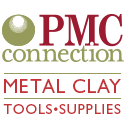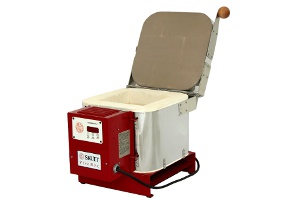
Purchasing a kiln is a decision that will most likely live with you for a while so it makes sense to spend some time figuring out the perfect fit for you. There are a number of considerations you need to ponder and they all play a part in determining the best model for how you are going to use the kiln.
Do you want to fire ceramics? Fuse glass? Make metal clay jewelry? Or … do you want to do a little of each? There are certain kilns that are specifically designed for a particular discipline but can be used by all three. You should carefully consider the following topics
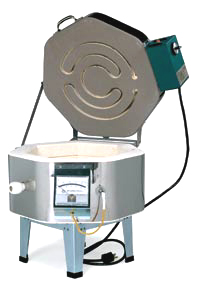 Controls
Controls
In the early 90’s kilns made a huge leap in leap in technological advancement with the introduction of low cost automatic controllers. Prior to their introduction artists had to manually turn up switches to try and achieve the proper temperature rates for the items they were firing.
Switches and Pyrometers
The most basic controls on the market today involve simple infinite or 3 heat switches that are used in conjunction with a pyrometer and or pyrometric cones. These require the user to have an intimate knowledge of how their kiln heats at different switch settings, with size different loads, and at different temperature ratings.
Models equipped with these types of controls are still available but usually limited to very small, low cost, introductory kilns. You must monitor these units throughout the firing and it is absolutely necessary to be there to shutoff the kiln otherwise it will continue to fire until it burns out the elements.
 KilnSitter
KilnSitter
The KilnSitter was designed in the late 50’s by a man who was tired of being the “Kiln Sitter” for his wife’s kiln. It utilizes a mechanical device that senses when a pyrometric cone bends to shut-off the kiln. The operator still needs to manually turn up the switches to control the firing rate of the kiln. Most kiln manufactures still offer models equipped with these devices however most consumers choose to go with the digital controllers since the cost difference is minimal.
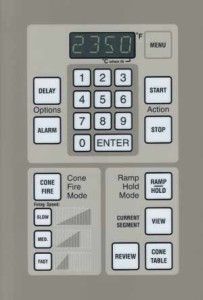 Digital Controllers
Digital Controllers
Most kilns today are equipped with digital controllers. There are many different brands and styles but most of them offer similar types of programming options. Most all controllers will give you the option of writing your own programs and have some form of built in factory programs for specific uses like firing ceramics, glass or metal clay.
Most kiln manufacturers also offer full sized controllers with numbered key pads and single use buttons and smaller more economical controllers with 3 or 4 buttons that require the operator to scroll to various programming options.
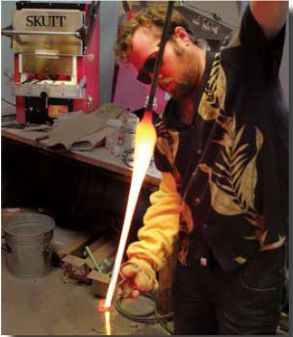
Temperature
The critical factor is generally going to be temperature. Ceramics generally need to be fired to a minimum temperature of 1828 F, whereas the maximum temperature for glass fusing techniques are around 1700 F, and only 1650 F for metal clay.
Ceramics are generally divided into two camps; high fire clay and low fire clay. Low fire clay such as earthenware is generally fired to a maximum temperature of 1950 F. Earthenware, if fired properly, is food safe but cannot be placed in the oven or dishwasher. Stoneware and porcelain fire to much higher temperatures which seal the clay body and make it safe to place in the oven or dishwasher without worry that it will craze (glaze cracks) and allow bacteria into the clay.
If you choose a kiln that is not rated to the temperature of a technique you may want to experiment with in the future, you will need a new kiln so think ahead.
Physical Design
There are many different styles of kilns. In ceramics you have front loaders, top loaders, bell kilns, raku kilns…the list goes on. The most widely used kilns in the home are top loaders and small front loaders.
Unique kiln designs are usually only necessary if you need access to the clay, glass or metal clay while the kiln is firing. For example, you may want to consider a clamshell design if you want to rake a fused glass tile to mix the glass while it is fluid, or, you may want a kiln with a bead door if you or a doing glasswork using a torch. Visit the various kiln manufacturers to see their different designs.



